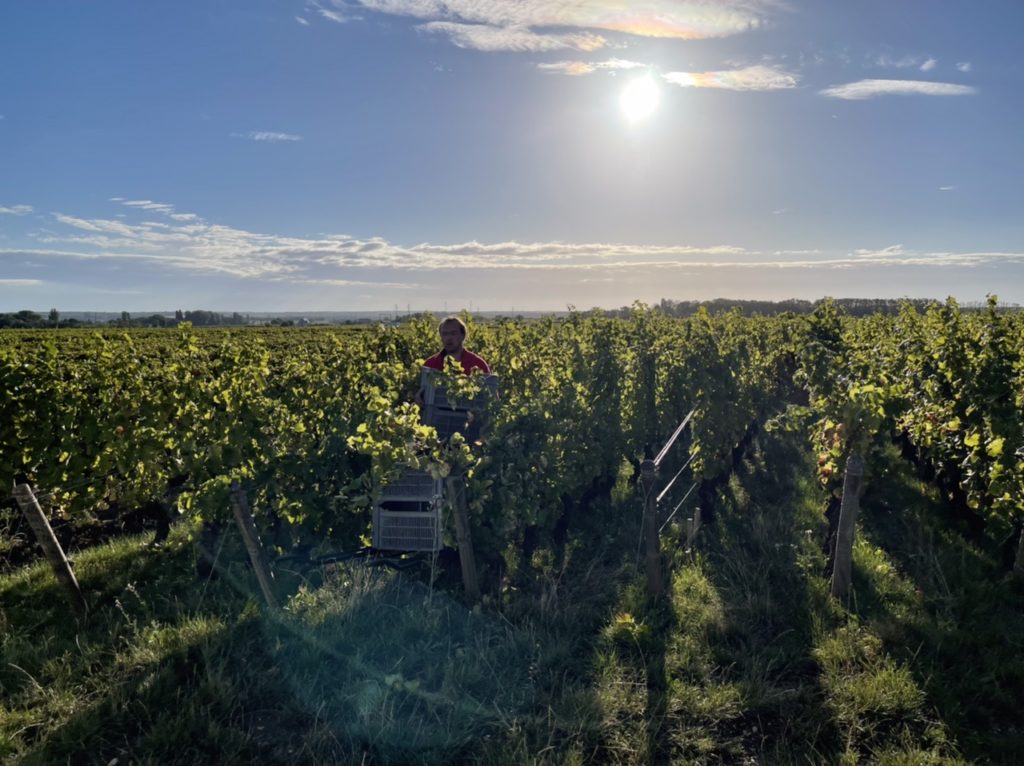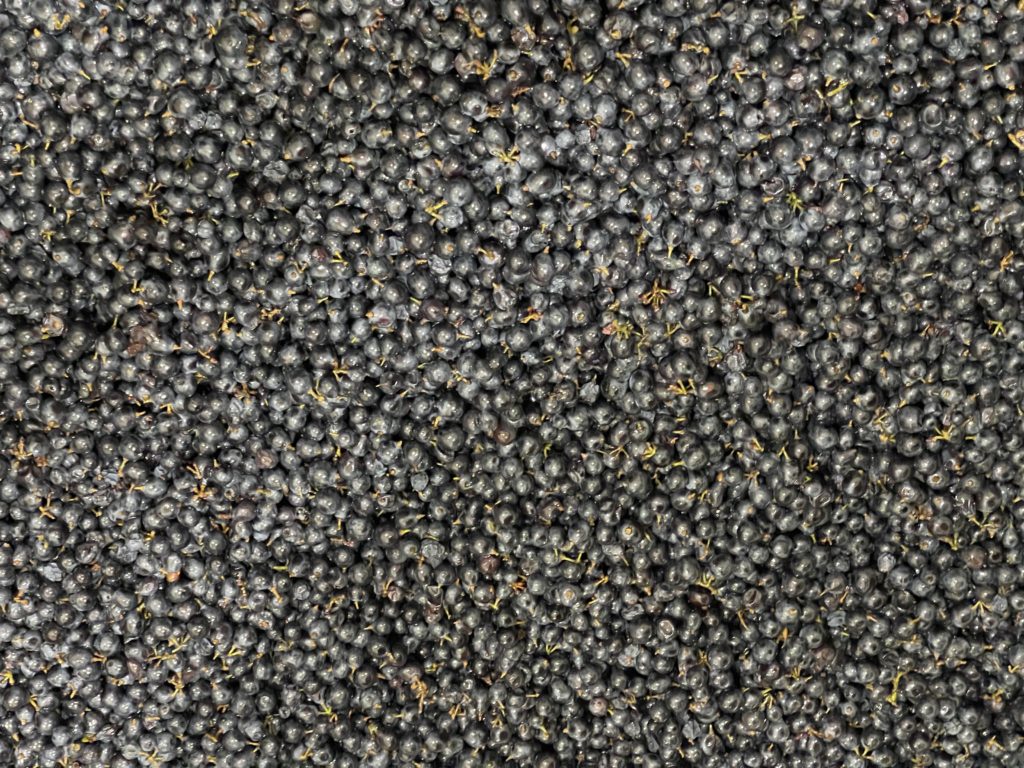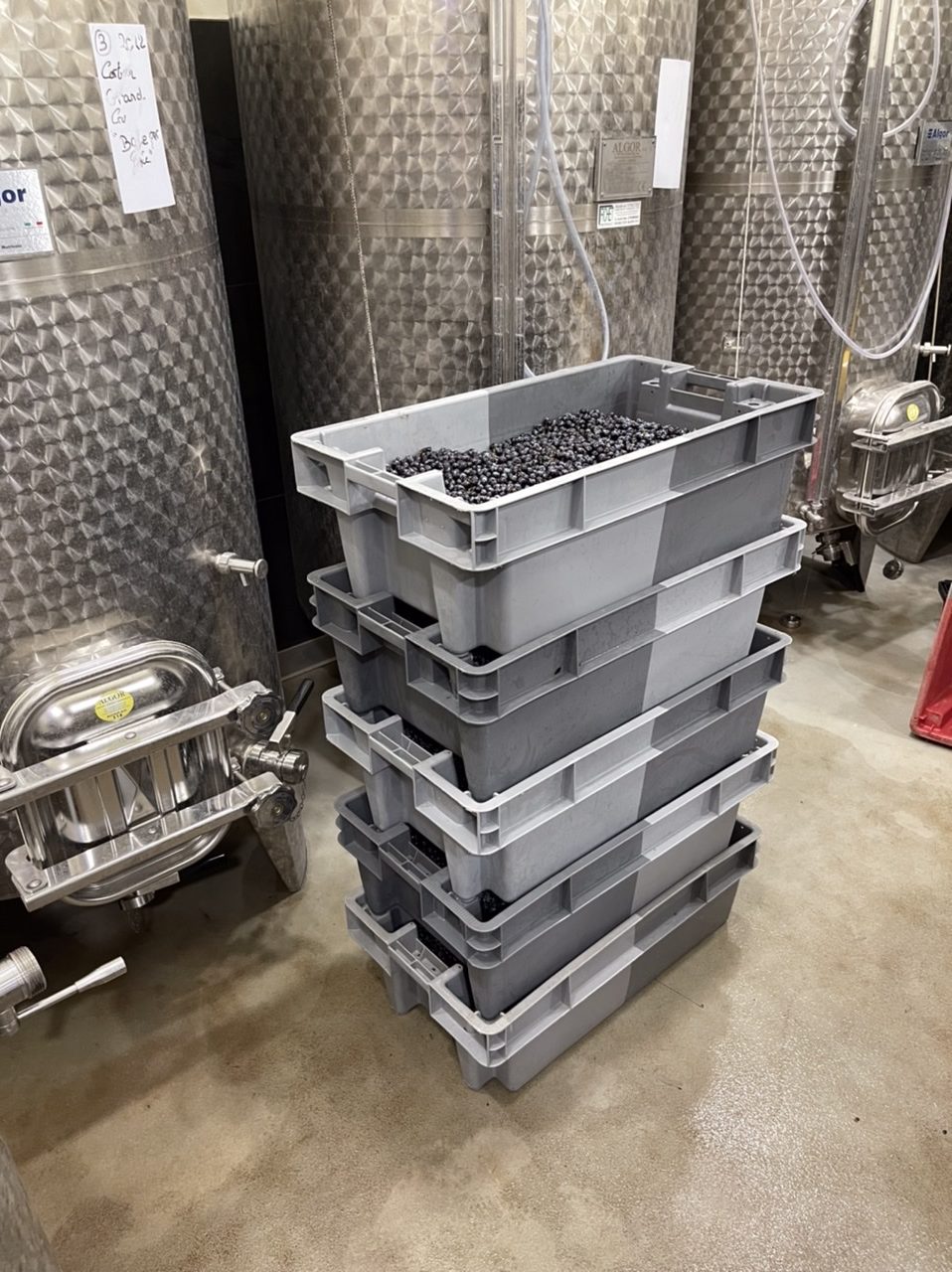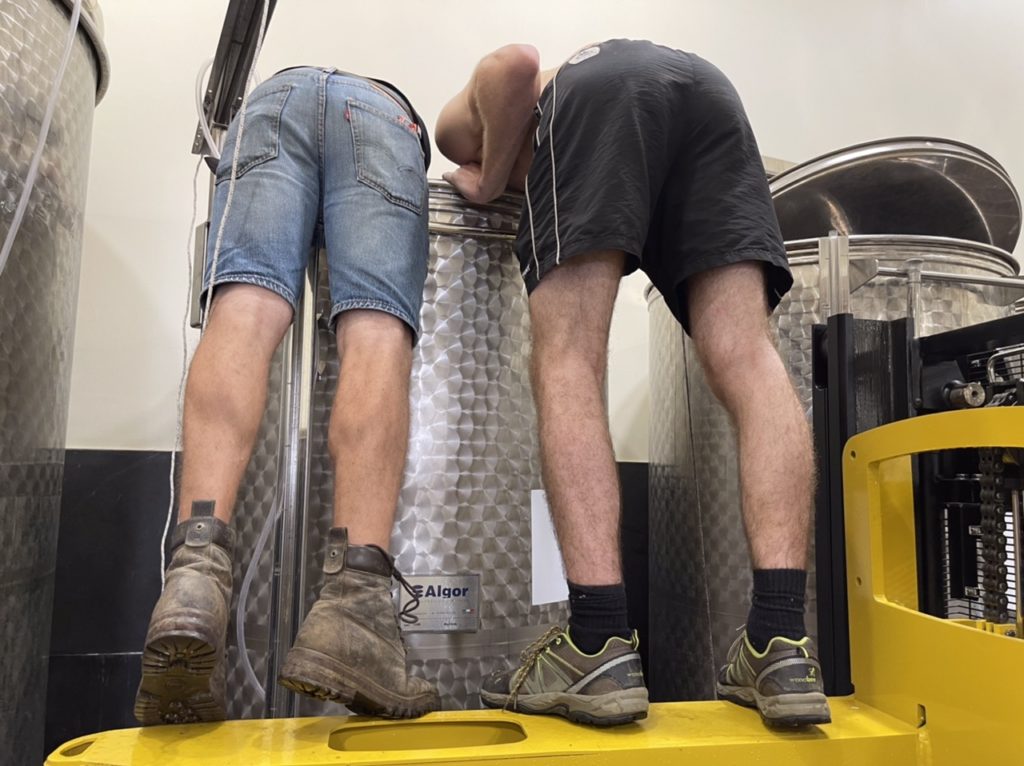We’re entering the last week of the 2022 harvest, and by Sept. 18 or so, most of the vineyards in central Burgundy will have been picked clean of their fruit.
The current view of this year is that of a rich, generous harvest, in which a shortage of casks and paucity of tank space are amongst the greatest challenges so far.

Plenty of wines have been produced in years where both quality and quantity seem to be great. Thus far this year I have only tasted juice, both pure and fermenting, and while it is difficult to evaluate a vintage from this, I can say that it seems to be another remarkable one.
I think it’s fair to say that 2022 is another warm vintage, and some of the wines will undoubtedly be on the hotter side. The acidity and pH levels are painting a somewhat mixed picture, with some showing better than the 2019s at the same domaine. Others are a bit more reluctant to speak about acidity, indicating that it’s one of the weaker points. Time will tell.
The state of the grapes
In general, the grapes are of very high quality, and only minimal sorting is required, especially when compared with the problematic 2021 vintage.
Sorting is, regardless, needed, and some are more vigilant than others. Two people only at the table and loads of fast-moving grapes are on the optimistic side, unless the fruit is truly brilliant.
There are a significant number of raisined grapes from sunburn, and in some areas (Nuits-Saint-Georges and Chorey-les-Beaune, amongst others), there is limited hail damage that needs to be addressed.

Yields are excellent – on the border with too good, and even sometimes flirting with the legal limits. As always, I feel that 40-45 hectolitres per hectare for the reds can be sensible. For the whites, God only knows. But wines beyond 70 hl/ha can even work well in great years!
One of the more serious problems is phenolic ripeness, as the hot weather and lack of rain blocked the ripening process in some areas. It’s hard to say more specifically where this is the case, but I doubt that we’ll see optimal phenolic ripeness in all plots and vineyards this year. A disaster? Hardly. But it could influence the number of vins d’emotion produced. Again: Time will tell.
The little bit of rain that fell during the last week or two was welcome, yet somehow too little too late in most cases.
The logistics of a big harvest
The big harvest will cause space issues at some estates: too few – or too small – tanks and not enough casks could lead to some rather unfortunate consequences. Firstly, it could be difficult to get an entire cuvee in one tank, hence the need to split it between two. While not necessarily a problem, this can have some effect on the homogeneity of the fermentation. And getting additional tanks and casks at the last minute is almost impossible, as they are largely sold out.

In general, a generous harvest often reduces the use of whole-cluster grapes, as that type of vinification takes up more space than using destemmed grapes.
In a hotter, ripe year, the use of fewer whole clusters is not optimal. On the contrary, an increased use of whole-cluster grapes would be the optimal solution. But you need to have the tank space.
Cellar management becomes overall a question of getting the wines made, and sometimes compromises must be struck. I fully understand this; however, if a domaine sells grand cru wines priced north of 500 euros, one would think an expansion of cellar capacity could be possible.
Perhaps we will again see tanks placed outside the winery, to ensure at least rudimentary winemaking.

And yes…
To conclude: There is very fine potential in this vintage. It remains to be seen if it can match the 2019 reds quality-wise; same for the 2020 whites.
Now: Let’s finish the harvest!

 - A true vin d’émotion – a Burgundy of passion
- A true vin d’émotion – a Burgundy of passion - A truly hedonistic wine – lively and enjoyable
- A truly hedonistic wine – lively and enjoyable - A vivacious wine for pure indulgance
- A vivacious wine for pure indulgance - A potential vin d´émotion - frais et léger
- A potential vin d´émotion - frais et léger